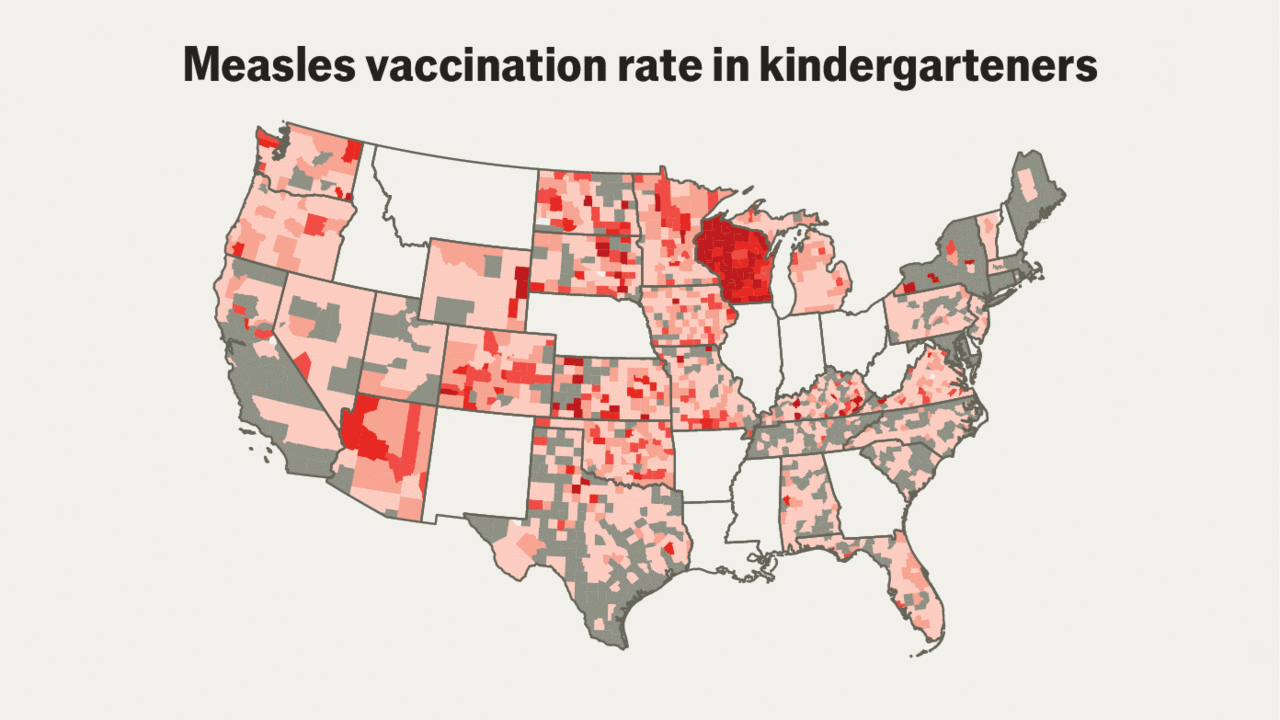“That department should be abolished,” said President Ronald Reagan about the Department of Education in 1983, echoing a campaign promise. In 1995 while running for president, Lamar Alexander, a former education secretary under President George H.W. Bush, vowed to eliminate the department he once ran. In 2022 Betsy DeVos, after serving as education secretary under President Donald Trump, said she thought her department “should not exist”. In September Mr Trump himself chimed in: “I’m dying to get back to do this. We will ultimately eliminate the federal Department of Education.” Republicans have threatened to abolish it for decades. So what is taking them so long?
The Education Department (ED) was established in 1979 by President Jimmy Carter as part of a campaign promise to the National Education Association, America’s largest teachers’ union. Before that education matters were handled by the Department of Health, Education and Welfare. Detractors argued that there is no constitutional authority for a federal education department. Since then, the issue has reliably surfaced as a Republican talking point. In the current cycle the topic duly appeared in Project 2025, a presidential-transition plan developed by the Heritage Foundation, a conservative think-tank, for Mr Trump.
Yet it turns out that breaking up is hard to do. The department handles all federal financial aid for students, which involves over half of all undergraduates. That this matters is particularly obvious when it goes wrong: witness this year’s FAFSA debacle, when a buggy website prevented hundreds of thousands of students from applying for federal aid and potentially enrolling in college. If the ED were eliminated, this task would have to go somewhere else, probably to the Treasury Department.
The ED also provides funding to public schools (though they receive most of their money from state and local governments). Federal money helps schools support poor students and those with disabilities. In the absence of the ED that funding would have to be disbursed from somewhere else—again, probably Treasury. Another of the ED’s responsibilities is overseeing civil-rights enforcement in schools. Without it, that would probably fall to the Department of Justice. The agency collects national data on schools. If the ED were eliminated, this task could migrate to the Census Bureau.
To truly eliminate the ED, and the tasks within it, Congress would need to act. That probably won’t happen. Reagan realised as much in 1985. “I have no intention of recommending the abolition of the department to the Congress at this time,” he wrote in a letter to Senator Orrin Hatch, a fellow Republican and chairman of the Senate Labour and Human Resources Committee. He cited lack of support in Congress as his reason for keeping it.
Mr Trump, if re-elected, would probably face the same obstacle. Americans generally want to fund public schools. Although 60% of adults (and 88% of Republicans) think that the government is spending too much, 65% of adults (and 52% of Republicans) say it is spending too little on education. And even if he could win congressional support, abolishing the ED would not affect what children learn on a daily basis.
“The only thing the Department of Education definitely doesn’t do is education,” says Daniel Currell, a former senior adviser in the ED in the Trump administration. Most decisions about what children learn and do from kindergarten until they graduate from high school are handled by the state and local authorities. That is why Republican politicians have been able to use local rules to remove critical-race theory from classrooms, for example, and ensure that transgender children do not take part in some school sports.
So why do Republicans keep banging on about abolition? Probably because it is a lot easier than talking about policy nuances such as the privatisation of federal aid, supporting local control and fears of government overreach. In 2011 Rick Perry, then the governor of Texas and competing in the Republican primary, listed the departments he would eliminate should he be elected president: Commerce, Education. “The third one I can’t. Sorry. Oops.” The third was the Department of Energy, the agency he would later run under Mr Trump. Perhaps he should have forgotten Education instead. ■

 Economics1 week ago
Economics1 week ago
 Economics1 week ago
Economics1 week ago
 Economics1 week ago
Economics1 week ago
 Economics1 week ago
Economics1 week ago
 Blog Post1 week ago
Blog Post1 week ago
 Economics1 week ago
Economics1 week ago
 Economics7 days ago
Economics7 days ago
 Economics1 week ago
Economics1 week ago









